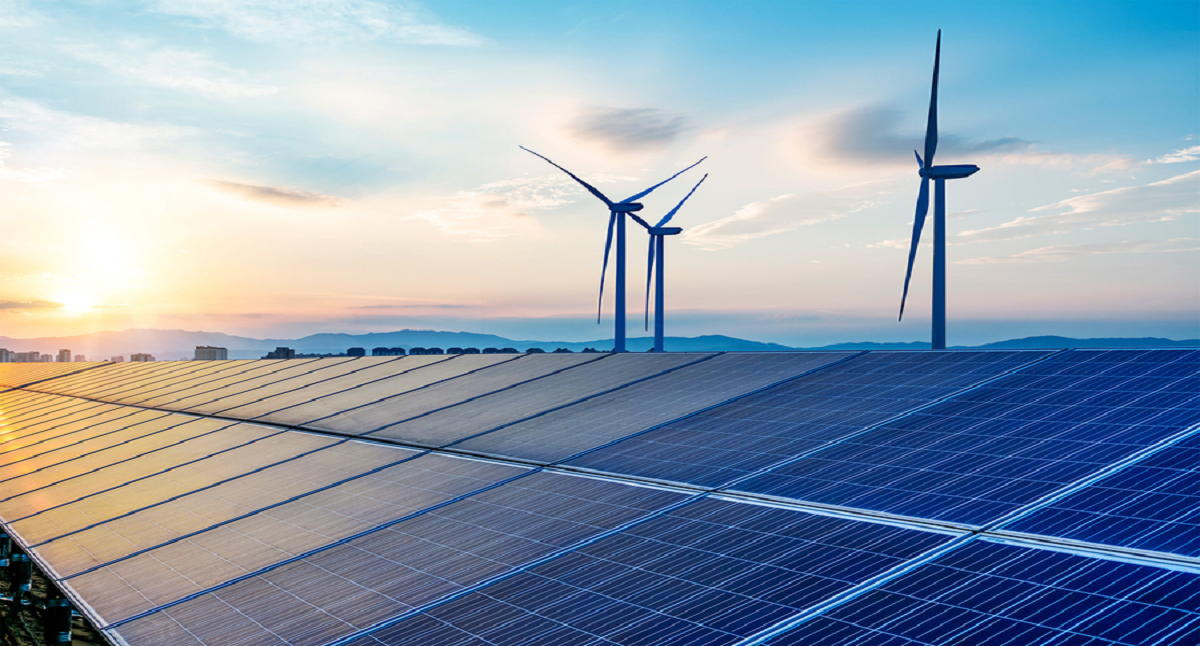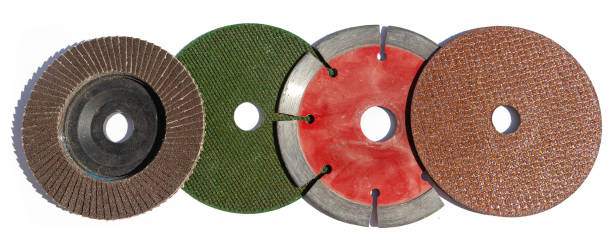The global push towards renewable energy sources has brought about significant advancements in various industries. Among these, the solar and wind energy sectors have seen remarkable growth. As these industries expand, the demand for high-performance materials, including abrasives, has increased. Abrasives play a crucial role in the manufacturing, maintenance, and installation of renewable energy systems. This article delves into the applications of abrasives in the solar and wind industries, highlighting their importance in enhancing efficiency, durability, and sustainability.
Understanding Abrasives
Abrasives are materials used to shape, grind, polish, or clean surfaces. They can be classified into two categories: natural and synthetic. Natural abrasives, such as garnet and emery, have been used for centuries, while synthetic abrasives, such as aluminum oxide and silicon carbide, are engineered for specific applications. The choice of abrasive depends on factors such as the material being worked on, the desired finish, and the specific requirements of the project.
Applications of Abrasives in the Solar Industry
The solar industry encompasses the production of solar panels, installation systems, and various components. Abrasives are essential in several stages of solar panel manufacturing, including:
1. Silicon Wafer Production
Silicon is the primary material used in solar cells. The production of silicon wafers involves cutting large blocks of silicon into thin slices. Diamond wire saws, equipped with diamond-coated abrasives, are commonly used in this process. These saws offer high cutting speeds and precision, minimizing material waste and improving the overall efficiency of wafer production.
2. Surface Preparation
Once the silicon wafers are produced, they require surface preparation to enhance their efficiency. Abrasives are used to polish and etch the surface of the wafers, removing any imperfections that may affect light absorption. Silicon carbide and alumina abrasives are often utilized for this purpose, providing a smooth finish that optimizes the photovoltaic (PV) conversion process.
3. Manufacturing Solar Modules
The assembly of solar modules involves laminating solar cells between layers of glass and a backsheet. Abrasives are employed to ensure proper adhesion of these layers by preparing the surfaces for bonding. The use of non-woven abrasives and sanding discs allows for effective cleaning and surface roughening, which enhances the bonding strength and longevity of the modules.
4. Maintenance and Repair
Regular maintenance of solar panels is crucial to ensure their efficiency and longevity. Abrasives are used in the cleaning process to remove dirt, dust, and other contaminants that can hinder performance. Additionally, when repairs are needed, abrasives help in grinding down damaged surfaces and preparing them for new components or coatings.
Applications of Abrasives in the Wind Industry
The wind industry has experienced significant growth, with wind turbines becoming a vital component of the renewable energy landscape. Abrasives are essential in various aspects of wind turbine manufacturing and maintenance:
1. Blade Manufacturing
Wind turbine blades are typically made from composite materials, including fiberglass and carbon fiber. The manufacturing process involves molding and shaping these materials, where abrasives play a key role. Abrasive belts and discs are used for grinding and finishing the blades, ensuring a smooth and aerodynamic surface that maximizes efficiency during operation.
2. Surface Treatment and Coatings
Wind turbine blades are exposed to harsh environmental conditions, making protective coatings essential. Abrasives are used to prepare the blade surfaces for coating applications. By sanding and cleaning the surfaces, abrasives ensure that coatings adhere properly, enhancing the durability and resistance of the blades to weathering and corrosion.
3. Maintenance and Repair of Turbines
Regular maintenance of wind turbines is crucial for optimal performance. Abrasives are used in the repair of turbine components, including bearings, gearboxes, and nacelles. For instance, when dealing with wear and tear, abrasive grinding wheels can restore surfaces to their original specifications, prolonging the life of the equipment.
4. Installation and Commissioning
During the installation of wind turbines, abrasive tools are essential for cutting and shaping various components. For example, when assembling turbine towers, abrasive saws and cutting discs are used to ensure precise fits and joints, enhancing the overall structural integrity of the turbine.
Advancements in Abrasive Technologies
As the renewable energy sector continues to evolve, so does the technology behind abrasives. Recent advancements include:
1. Eco-Friendly Abrasives
With the increasing emphasis on sustainability, the development of eco-friendly abrasives has become a priority. Manufacturers are creating abrasives that minimize environmental impact, such as those made from recycled materials or biodegradable compounds. These innovations align with the renewable energy industry’s goals of reducing carbon footprints and promoting sustainability.
2. High-Performance Abrasives
The demand for efficiency in renewable energy applications has driven the development of high-performance abrasives. These abrasives are designed to withstand the rigors of industrial applications while providing superior performance. For example, ceramic abrasives are known for their durability and cutting ability, making them ideal for heavy-duty applications in solar and wind industries.
3. Automated Abrasive Solutions
Automation is becoming increasingly prevalent in manufacturing processes. Automated abrasive solutions, including robotic sanding and grinding systems, enhance precision and efficiency in the production of solar panels and wind turbine components. These systems reduce labor costs and improve consistency, ensuring high-quality results.
Challenges and Considerations
While abrasives play a vital role in the renewable energy sector, there are challenges that need to be addressed:
1. Material Compatibility
Different materials used in solar and wind applications require specific abrasive types. Ensuring compatibility is crucial to avoid damage to components and ensure optimal performance. Manufacturers must carefully select abrasives based on the materials they are working with.
2. Environmental Regulations
As environmental concerns grow, the abrasive industry must comply with stricter regulations regarding the materials and processes used. Manufacturers are challenged to produce effective abrasives while adhering to these regulations, which can impact production costs and processes.
3. Cost Efficiency
The renewable energy sector is highly competitive, and cost efficiency is critical. Abrasive manufacturers must focus on providing cost-effective solutions without compromising quality. This requires continuous innovation and optimization of production processes.
Conclusion
Abrasives play an essential role in the solar and wind industries, contributing to the production, maintenance, and repair of renewable energy systems. As the demand for renewable energy continues to rise, the importance of high-quality abrasives cannot be overstated. By improving efficiency, enhancing durability, and promoting sustainability, abrasives are crucial to the success of solar and wind energy initiatives. Ongoing advancements in abrasive technologies and a focus on eco-friendly solutions will further bolster their role in the renewable energy sector, ensuring a brighter and more sustainable future.


